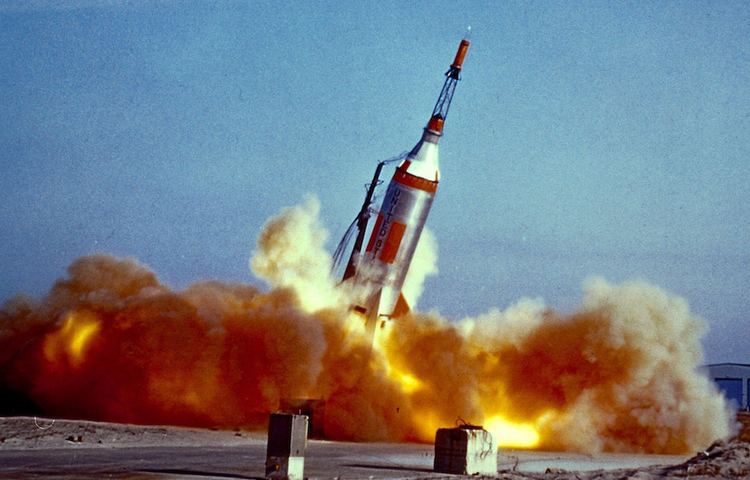 | ||
Spacex pad abort test
A pad abort test is a test of a launch escape system to determine how well the system could get the crew of a spacecraft to safety in an emergency on the launch pad.
Contents
- Spacex pad abort test
- Pad abort test point of view
- Project Mercury
- Project Apollo
- Orion
- Dragon V2
- References
Pad abort test point of view
Project Mercury
Section sources.
The Mercury program included several pad abort tests for the launch escape system with a boilerplate crew module.
Project Apollo
The Apollo program included several pad abort tests for the launch escape system with a boilerplate crew module.
Both tests were conducted at the White Sands Missile Range.
Orion
The Orion Pad Abort Test will start with the construction of the first Orion boilerplate. It will be a basic mockup prototype to test the assembling sequences and launch procedures at NASA’s Langley Research Center while Lockheed aerospace engineers assemble the first rocket motors for the spacecraft’s escape tower. Lockheed Martin Corp. was awarded the contract to build Orion on Aug. 31, 2006. The first Pad Abort Test trial of the escape tower system was successfully completed at New Mexico’s White Sands Missile Range on May 6, 2010.
Dragon V2
SpaceX Dragon V2 Pad Abort Test-1 was conducted on May 6, 2015.
The pad abort test was conducted successfully on 6 May 2015 at approximately 0900 Eastern Daylight Time (EDT). The vehicle splashed down safely in the ocean to the east of the launchpad 99 seconds later. A fuel mixture ratio issue was detected after the flight in one of the eight SuperDraco engines, but did not materially affect the flight. More detailed test results were to be subsequently analyzed by both SpaceX and NASA engineers.
